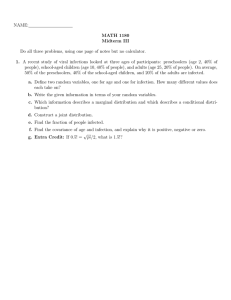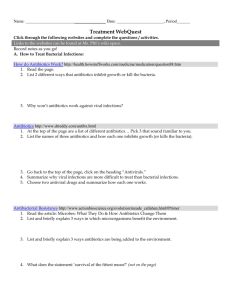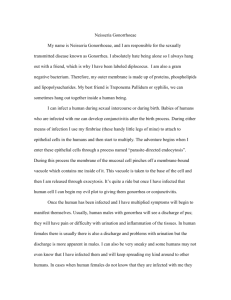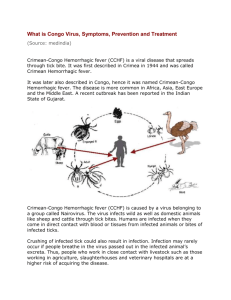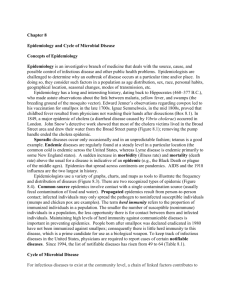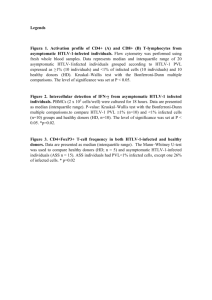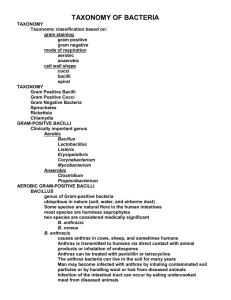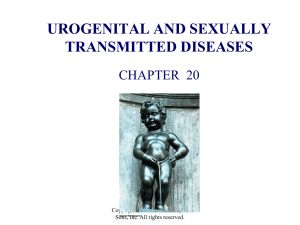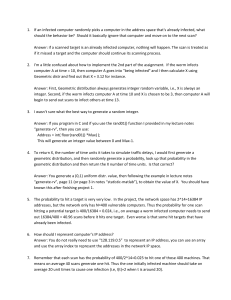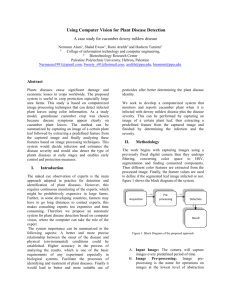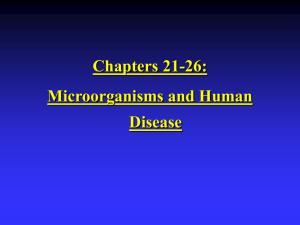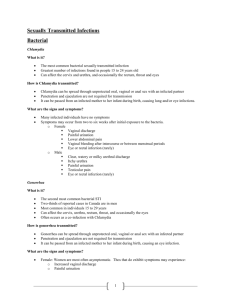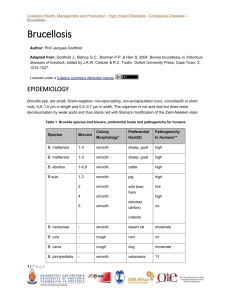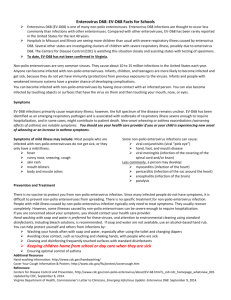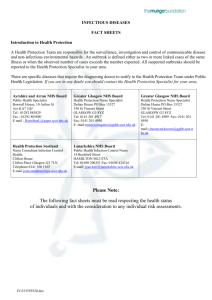SD Modeling exercise. You are asked to make a SD model of this
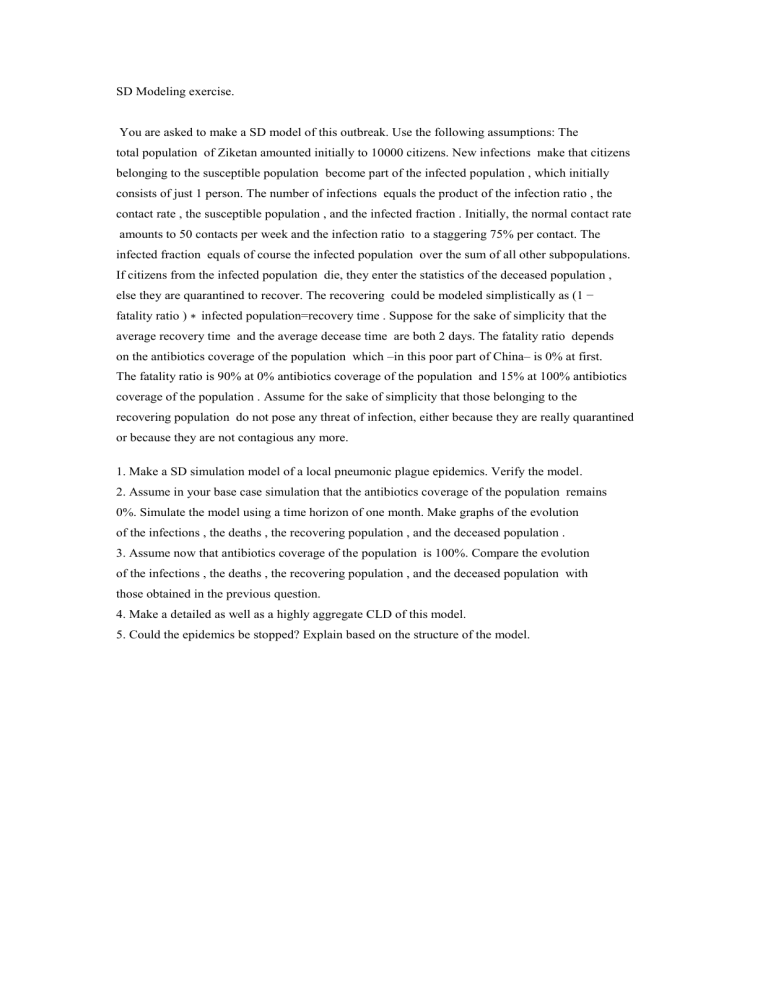
SD Modeling exercise.
You are asked to make a SD model of this outbreak. Use the following assumptions: The total population of Ziketan amounted initially to 10000 citizens. New infections make that citizens belonging to the susceptible population become part of the infected population , which initially consists of just 1 person. The number of infections equals the product of the infection ratio , the contact rate , the susceptible population , and the infected fraction . Initially, the normal contact rate
amounts to 50 contacts per week and the infection ratio to a staggering 75% per contact. The infected fraction equals of course the infected population over the sum of all other subpopulations.
If citizens from the infected population die, they enter the statistics of the deceased population , else they are quarantined to recover. The recovering could be modeled simplistically as (1 − fatality ratio ) ∗ infected population=recovery time . Suppose for the sake of simplicity that the average recovery time and the average decease time are both 2 days. The fatality ratio depends on the antibiotics coverage of the population which –in this poor part of China– is 0% at first.
The fatality ratio is 90% at 0% antibiotics coverage of the population and 15% at 100% antibiotics coverage of the population . Assume for the sake of simplicity that those belonging to the recovering population do not pose any threat of infection, either because they are really quarantined or because they are not contagious any more.
1. Make a SD simulation model of a local pneumonic plague epidemics. Verify the model.
2. Assume in your base case simulation that the antibiotics coverage of the population remains
0%. Simulate the model using a time horizon of one month. Make graphs of the evolution of the infections , the deaths , the recovering population , and the deceased population .
3. Assume now that antibiotics coverage of the population is 100%. Compare the evolution of the infections , the deaths , the recovering population , and the deceased population with those obtained in the previous question.
4. Make a detailed as well as a highly aggregate CLD of this model.
5. Could the epidemics be stopped? Explain based on the structure of the model.


